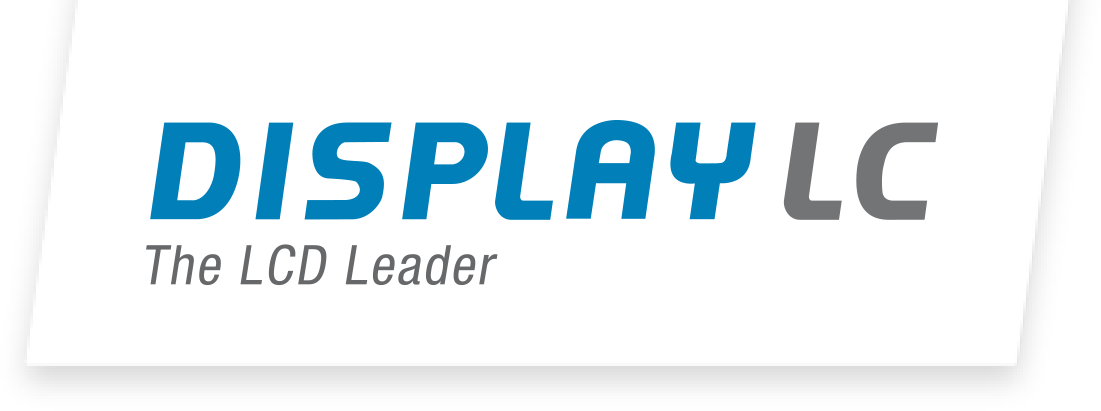
Inexpensive touch
solutions
Reading time: 2 minutes
With the release of the first iPhone in 2007, Apple created a completely new control of devices that is almost exclusively done via a touch-sensitive screen and also allows interaction via gestures (the gesture with the two spreading fingers for zooming pictures is probably the best known). Over this relatively short period of 14 years, the behavior of users has changed completely: Whereas touching display surfaces was mostly taboo until then, it is now expected that something happens when screens are touched or "stroked".
How does a touch display work?
From a purely technical point of view, this type of input system is a so-called "projected capacitive touch" (PCAP touch). In simple terms, electrical fields are set up in a matrix which are "disturbed" by an electrically conductive body (e.g. finger). The touch IC that controls the matrix can detect the coordinates of the disturbances and communicates them to the application.
Source: Mitsubishi
There are countless implementation variants and additional components in the area of touch displays. Keywords here are, for example, "cover glass" or the most diverse types of printing (more on this later in the article). But in this article we want to ask ourselves the following question: which touch solutions can be implemented relatively inexpensively?
Inexpensive solution 1: capacitive touch fields
If individual touch fields are sufficient for control, they can be applied above the display's viewing area as well as on the front cover.
Source: Display LC AG
The sensor with the touch fields can also be made of bendable material, so curved front covers are also feasible. The touch controller for this type of touch solution is much simpler in design and therefore more cost-effective compared to a PCAP controller. It is also possible to mount the touch controller on the control board of the application.
Inexpensive solution 2: Single chip solution of LCD and touch controller
For a few years now, LCD controllers for segment displays have been available which can also use the control lines for the segments to read touch events on the display surface. This allows a cost-efficient realization of touch-sensitive displays since no additional cover glass with touch sensor is necessary to detect touches.
Good to know!
It is not always possible to implement touch-sensitive displays based on capacitive touch sensors. Environments with strong electromagnetic interference, in wet conditions and in safety-relevant applications, alternative operating concepts are to be favored. These mainly include resistive touch solutions, touch foils with integrated switching contacts and conventional switches. These alternative operating concepts are still available and are characterized by high robustness and immunity to interference.
If there are specific requirements for touch solutions, we recommend a customer-specific approach. Here, the following configuration options are available, among others:
- Different glass thicknesses (e.g. 0.55mm, 0.7mm, 1.1mm, 2mm or thicker)
- Optional use of highly durable glass such as "Corning Gorilla".
- Free choice of outer contour (will be milled by CNC machine)
- Corners / edges can be rounded or chamfered
- Anti-Glare (AG) / Anti-Reflection (AR) / Anti Fingerprint (AF) coatings (also together)
- Single or multi-color printing applied on the reverse side
- Double-sided tape applied on the back with free choice of shape and adhesive properties matched to the material of the application
- Choice of controllers
- Tape bonding or optical bonding to the display
- FPC shape / contacting
Any questions?
For a non-binding consultation, we are at your disposal by mail, phone, video conference or an on-site meeting at your company.
Simply contact us to arrange an appointment, we look forward to hearing from you.

